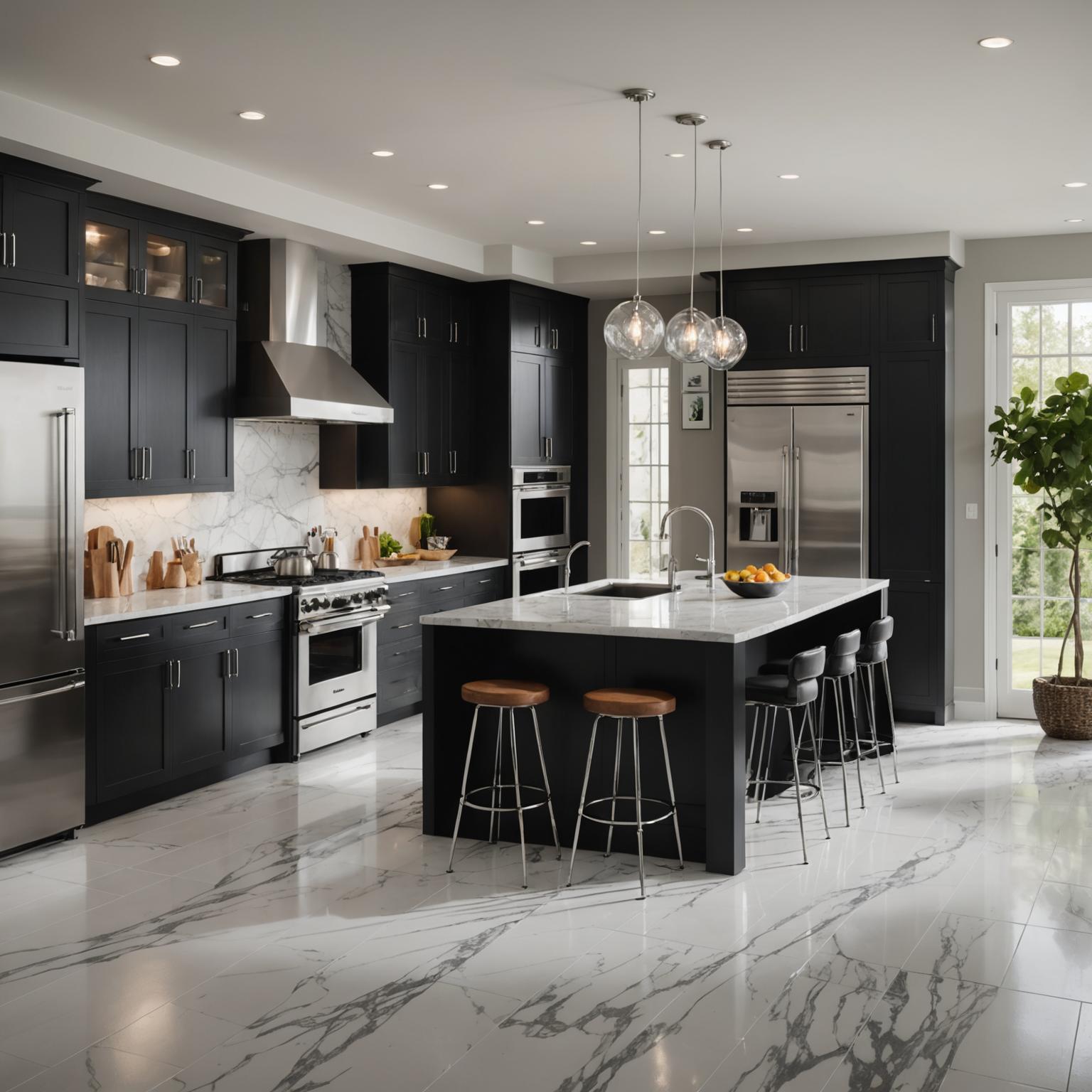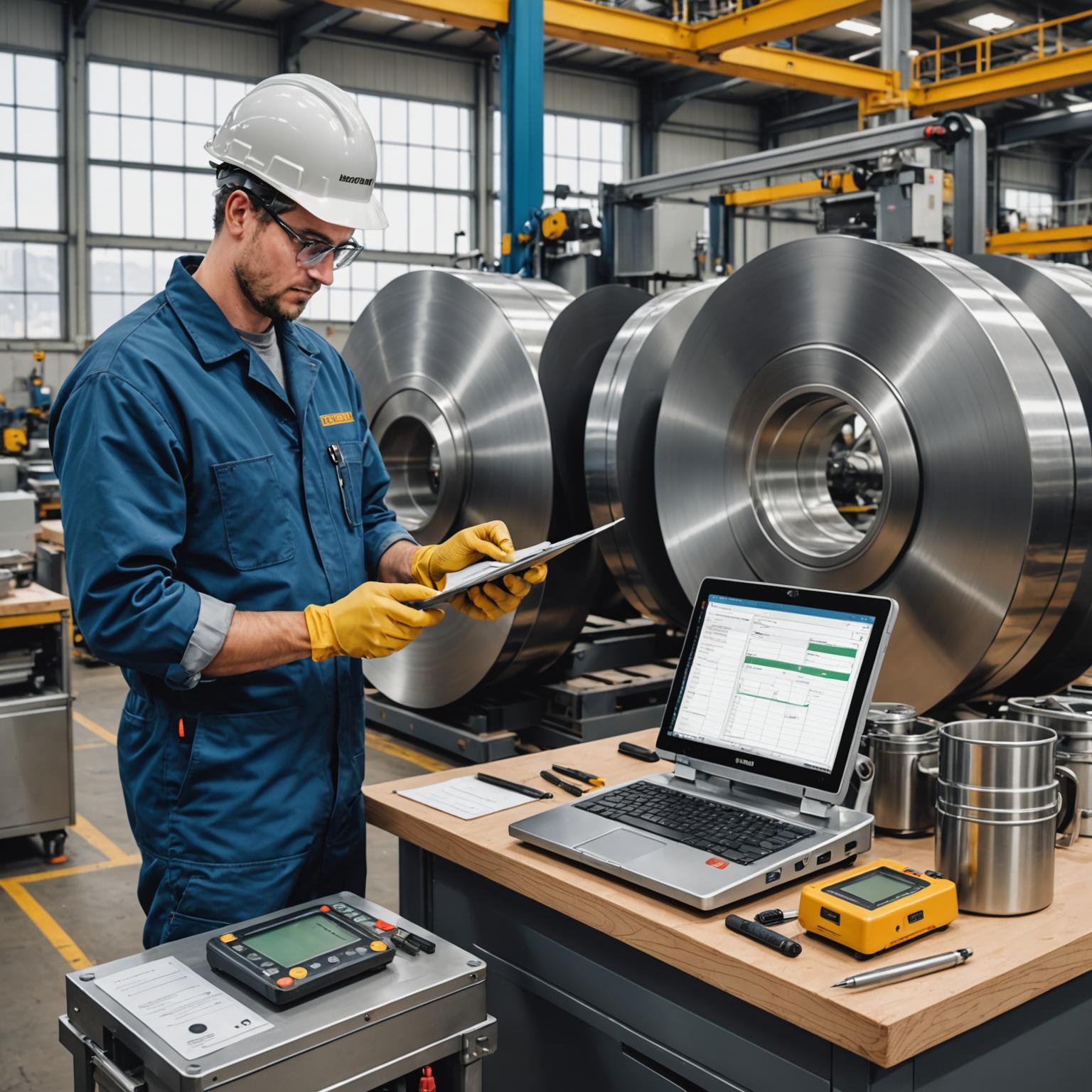Introduction to stainless steel grade: 430 and 304
In the stainless steel world, two popular achievements usually dominate the conversation: 430 and 304. Stainless steel is the first choice material for environments that require durability, corrosion resistance and a smooth appearance. Understanding the advantages and limitations of these two levels can make a significant difference in choosing the right material for your needs. One of the main queries among consumers is "How much is the price of 430 stainless steel plates cheaper than 304?", which translates into the cheaper quantity of 430 steel, and 304 is more than 304? Let's study a detailed comparison to better understand these differences. 
Material composition and characteristics: 430 and 304
First, the difference between 430 and 304 stainless steels is mainly due to their chemical composition. Type 304 stainless steel is part of the austenite family and is known for its non-magnetic properties, high nickel content and excellent corrosion resistance. Contains about 8-10.5% nickel in 304 steel, making it very durable in environments exposed to moisture, humidity and different temperatures. This makes it a go-to choice for high-end kitchen settings like “signature stainless steel kitchen suites” where aesthetics and performance are intertwined.
At the same time, the 430 stainless steel belongs to the iron family that lacks nickel. Instead, it contains 16-18% chromium and a higher carbon content. Although it is magnetic and has less corrosion resistance than the 304, its simple composition makes it much cheaper. So when someone thinks that 430 stainless steel plates are much cheaper than 304, they not only have to keep in mind the immediate financial savings of instant savings, but also weigh the durability and life, especially in environments where moisture and acid are often challenged.
Cost comparison: Why 430 steel costs are reduced
The cost difference between these two levels is almost entirely due to the absence of nickel in the 430. Nickel is an expensive alloy material whose significant percentage in 304 steel increases its production cost. For example, when equipped with expert kitchen solutions such as signature stainless steel kitchen kits, using stainless steel with high nickel content ensures fixtures and equipment are resistant to stains, corrosion and extremely high heat, albeit at a high price.
On the other hand, 430 stainless steel provides a more budget-friendly option for projects that do not require advanced corrosion resistance. Although it maintains a polished, professional look, products made of 430 steel are more likely to show signs of rust and wear over time, especially in challenging environments.
Apply: The best place to work in every grade
The applications of 430 and 304 stainless steel vary greatly due to their unique characteristics. For kitchen fixtures such as the “Iconic Stainless Steel Kitchen Kit”, 304 stainless steel is often selected for components such as smart French door refrigerators, double gas ranges and farmhouse sinks. The ability to maintain its integrity in a bustling kitchen environment makes the 304 an excellent choice for high-end professional-grade applications.
In contrast, 430 stainless steels find their place in less demanding environments. It is often used in decorative appliances, low-end kitchen components, and areas with minimal exposure to moisture and corrosive elements. While it provides a visually appealing effect, its rusty sensitivity limits its versatility over time. So if the question of "how much is cheaper than 304" is crucial for your decision, you must balance its specific application with its specific application.
Buyer's Economic Considerations
When prioritizing costs, potential buyers of stainless steel products should not only ask themselves "how much is cheaper than 304 for a 430 stainless steel plate", but also the long-term costs associated with maintenance and replacement. For example, while 430 may save initial costs for certain purposes, its lack of elasticity may result in more frequent replacements, thereby offsetting the amount of initial savings.
High-end kitchen fixtures, such as the iconic stainless steel kitchen kit, usually adhere to the philosophy of "enjoy life". This means choosing 304 stainless steel, despite the high upfront costs, may generate higher value throughout the product’s life cycle by reducing maintenance requirements and maintaining the original aesthetic.
Conclusion: Select 430 to 304
Ultimately, the choice between 430 and 304 stainless steel depends on its application, budget and long-term expectations. For “icon stainless steel kitchen kits” (e.g., stainless steel), 304 stainless steel remains the gold standard due to its unrivalled durability and visual appeal, so for critical high-performance installations, 304 stainless steel remains the gold standard. On the other hand, 430 stainless steel provides a budget-conscious alternative for less demanding uses, providing good value in specific applications.
So, while the answer to "how much is cheaper than 304" may be simple (430 is cheaper), buyers must carefully weigh the decision and take into account the cost of durability, environmental exposure and maintenance into consideration in their purchase decisions. Only in this way can you ensure that your investment (functionally and functionally) has real value.








